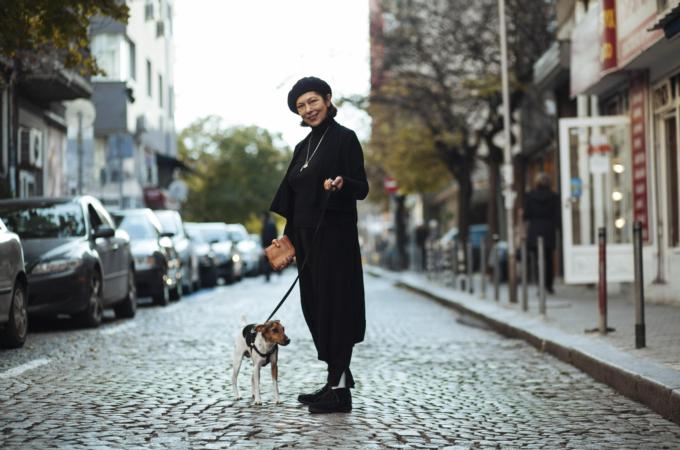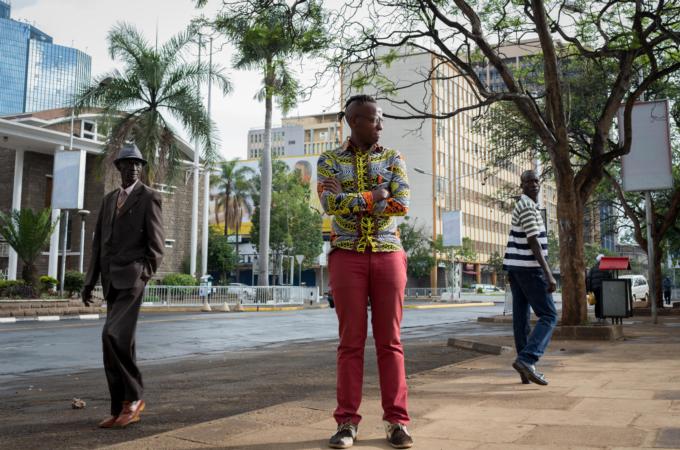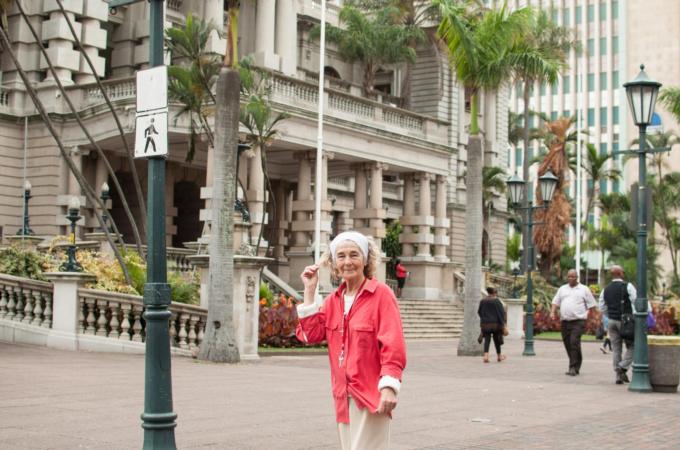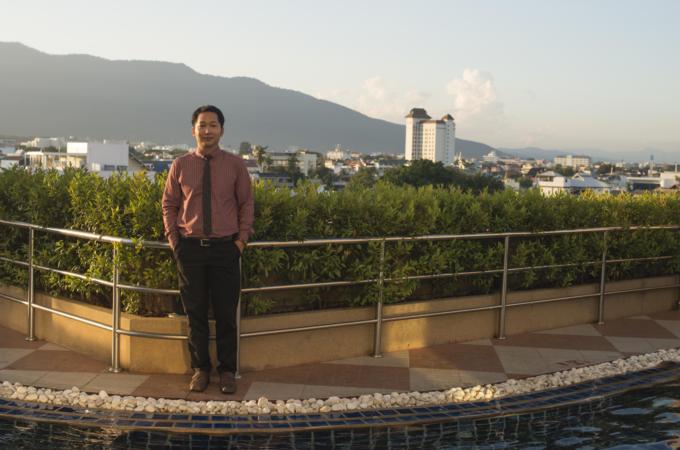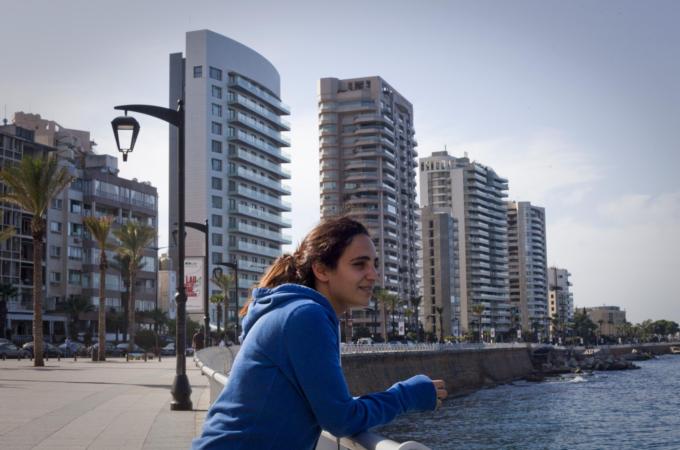
Why I love my city
From Nairobi to Caracas to Chiang Mai, we meet people influenced and inspired by the architecture that surrounds them.
To some, buildings are a living part of our cities and cultures. But how much of these structures do we really see on a daily basis, and how does architecture affect our everyday lives?
As Al Jazeera’s Richard Bentley uses film and photography to explore our relationships with modern cities, we asked citizens of the globe – from Caracas to Beirut, from Durban to Chiang Mai – about their relationship with the places they call home. This is what they had to say.
|
[Alejandro Cegarra/Al Jazeera] |
Piki Figueroa, 42 years old, singer, producer and street painter
Caracas, Venezuela
Keep reading
list of 4 itemsCould shipping containers be the answer to Ghana’s housing crisis?
Are Chinese electric vehicles taking over the world?
First pig kidney in a human: Is this the future of transplants?
“Caracas is my inspiration and my workplace; everything that happens in the city and all of my experiences in it help me as a musician. But it is a love-hate relationship. Caracas is a mess; it is fast and chaotic. It was never planned but has so much potential. The favelas could be used for tourism but there is too much malandreo (Venezuelan slang for crime) in them. The architecture, personality and solidarity in the favelas is amazing though. There are so many worlds inside them. Caracas deserves a flood of passion and love.”
|
[Pierre Marsaut/Al Jazeera] |
Mira Damian, Fashion designer
Sofia, Bulgaria
“I love my city, with its low architecture. There are many old houses in Sofia, unfortunately you can’t see them immediately or easily because most of them are not renovated, but still they are beautiful. When I look at them I feel nostalgic and I remember the days when they were new and I look forward to the time when they will be renovated.”
|
[Will Swanson/Al Jazeera] |
Mugo Muna, 24 years old, design entrepreneur
Nairobi, Kenya
“Nairobi is about trying to figure out what stays and what goes, what traditions we let go of and those we keep. I mean, I don’t have any cows for a dowry but I could trade some video games. I think that’s what Nairobi is struggling with now. How can we be a modern city and hold onto the things that make us Kenyan?”
|
[Alfonso Moral/Al Jazeera] |
Moi Hamdan, 35 years old, trainer
Beirut, Lebanon
“I like the diversity and life in Beirut; the cultural agenda, the people. The city might make you stressed but you love it. It is a city that gives you a lot of good energy and inspiration.”
|
[Paulo Menezes/Al Jazeera] |
Susan Meiring, 76 years old, retired
Durban, South Africa
“I’ve been looking at the tops of these buildings for 23 years now. It’s how I get around. My favourite is the City Hall. I can name every statue that lines the top. Not many people can.”
|
[Vincenzo Floramo / Al Jazeera] |
Pongsa Kantasorn, 35 years old, tour guide and French language teacher
Chiang Mai, Thailand
“With its 700-year history, Chiang Mai is one of the oldest cities in Thailand. Today, it has an interesting mixture of modern architecture and older buildings. But people generally prefer to live in the modern concrete buildings as these are considered to be more solid and cooler. And modern architecture does give the city a new, fresh look that represents the modernity, prosperity and comfort of an emerging Thailand. The danger, however, is that new generations will forget about the old wooden houses and the lifestyle that came with them.”
|
[Alfonso Moral/Al Jazeera] |
Catherine Asseily, 25 years old, public relations
Al Hamra, Lebanon
“To me life in Beirut is like being on holiday all the year. I can walk everywhere and after work I go to the sea. Despite the situation in the country, Beirut has a lot of life, positive life. There is chaos and traffic but there are also places like the corniche where you can breathe and relax.”
|
[Pierre Marsaut/Al Jazeera] |
Nikolay Petrov, 18 years old, student
Sofia, Bulgaria
“I love the newly renovated places in Sofia, they look great and make me feel more European. At the same time, I am a big fan of the architecture from before 1989; they used a lot of marble at that time and this is one of the things I love about it. To me, the buildings from this period are really something beautiful. The National Palace of Culture is one such example and it is also my favourite place, not only because of the architecture, but because I meet all my friends there and I have great memories. It is really cool to be connected to a place personally, emotionally. For this reason, I disagree with the renovations and changes they want to make around the it; to me it will loose all its charm. The fact that there are many green spaces in Sofia is the other thing I love about my city.”
For more on our relationship with the cities in which we live, watch Metropolis: A Time-lapse Perspective

